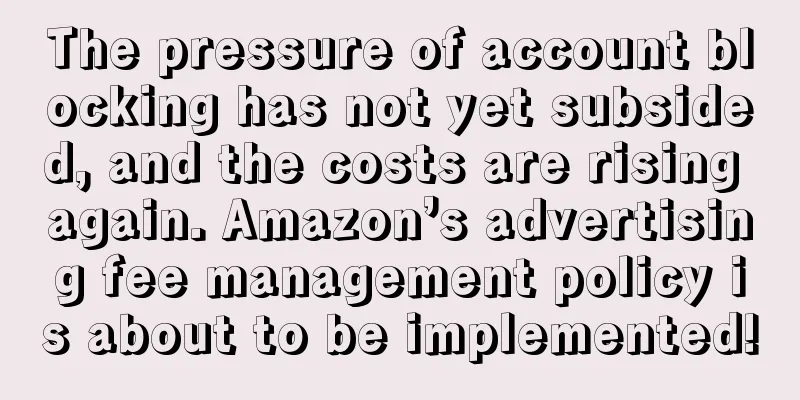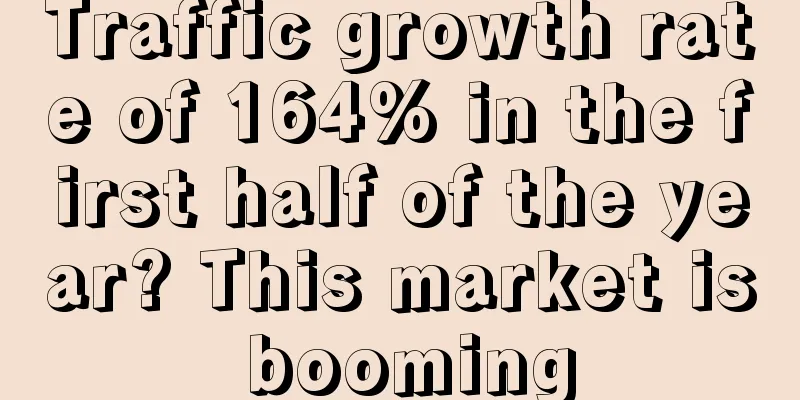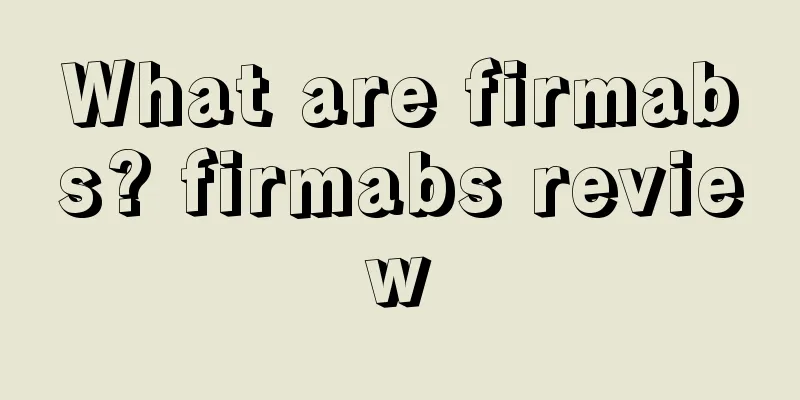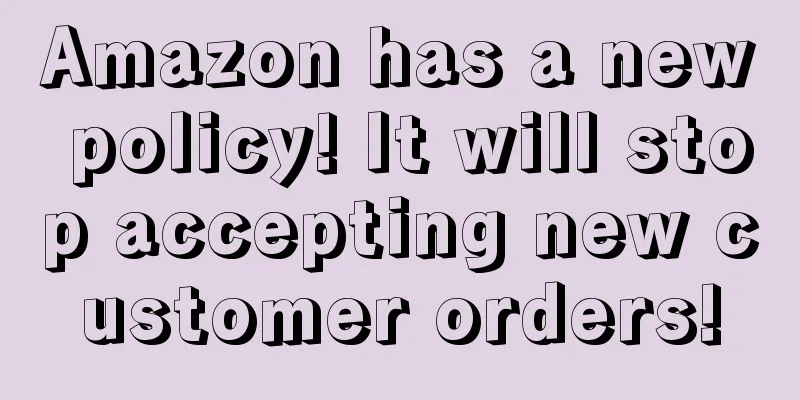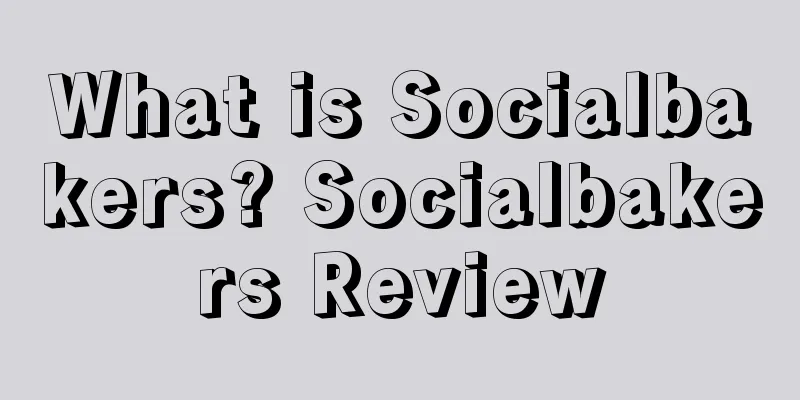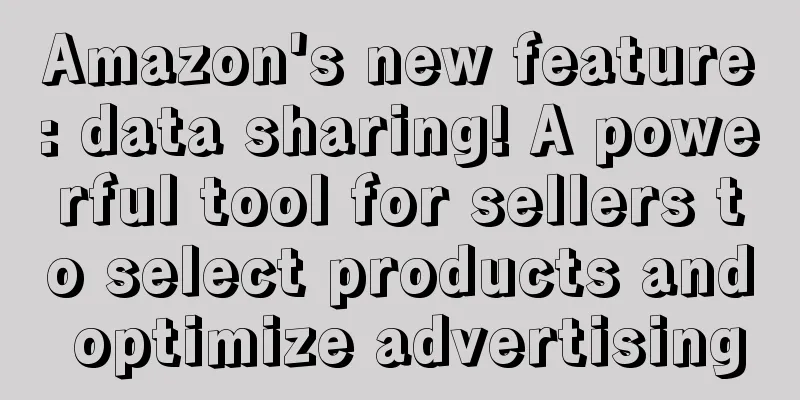|
What is Amazon's Frustration Free Packaging (FFP) program? In 2008, Amazon launched the Frustration Free Packaging program based on the concept of reducing waste, lowering costs, and facilitating user disassembly.
In 2014, Amazon launched the packaging certification program ECR (E-commerce Ready Packaging), and sellers can apply to join Amazon's FFP program.
Amazon Future-Proof Packaging (FFP) Requirements
According to Amazon regulations, environmentally friendly packaging has the following requirements: 1. The packaging is protective The packaging should be able to adequately protect the product and ensure that it is not damaged when it is shipped to Amazon warehouses and shipped to customers. 2. Packaging cost-effectiveness The packaging should be sealed and can be shipped to the customer without any additional protection. The packaging should be marked with a barcode, product description, etc. This type of packaging is also known as SIOC (Shop Your Own Container). 3. The packaging is easy to open The packaging should not contain plastic inserts, blister packs, packaging fillers, nylon strings, shredded paper, etc. The packaging material needs to be removable within 120 seconds. The packaging must be recyclable. Amazon recommends that the packaging be marked as recyclable. The size of the packaging should not exceed 2 inches.
The process of sellers certifying Amazon FFP
To certify environmentally friendly packaging, sellers need to undergo testing by Amazon packaging staff. The process mainly includes: Registration : Sellers register and authenticate in the background Lab Review : Send packaging pictures for review, then send packaging samples to Amazon’s packaging certification lab for testing · ASIN : After the lab passes the packaging review and testing, Amazon will mark the packaging as FFP or ECR certified on the ASIN. The ASIN will appear in Amazon's dedicated FFP product area.
Benefits of Certified FFP Benefits of Amazon FFP certification include: 1. No need to pay for additional services After FFP is certified, sellers no longer have to pay for the additional services (Prep Service) provided by Amazon and avoid being deducted. 2. Opportunity to reduce packaging costs Most retailers use too much wasteful packaging, which not only adds costs but is unnecessary for customers. FFP helps reduce unnecessary waste, saves costs and improves sustainability. 3. Reduce transportation costs Because the packaging is optimized, transport vehicles can carry more additional products, reducing transportation costs.
Packaging certification requirements To pass Amazon’s FFP certification, packaging needs to meet the following conditions:
The best packaging is a hexagonal rectangular corrugated box. Kraft envelopes can be used, but cartons are still recommended. Polyethylene bags are not allowed. The packaging box can have small holes, but the size cannot exceed 3 x 1.5 inches and the radius is within 1.5 inches.
2. Minimum size of packaging The packaging must meet the following minimum dimensions:
3. The packaging needs to be sealed Each edge of the package should be properly sealed to protect the product. Tape sealing is not allowed, but adhesive joints are allowed. The outer tongue stop gasket needs to be sealed with tape or water. For oversized products, non-metallic straps can be used to secure the outside. However, it is not allowed to tie too many packages with tape.
Packages need to be labeled with the contents of the package and handling instructions. Each package must comply with the Shipment Prep & Transportation manual.
5. No certification is provided for dangerous products Currently, Amazon does not provide environmentally friendly packaging certification for dangerous goods.
6. Product and packaging ratio Packaging refers to the total volume of the product plus the outer packaging. The formula for calculating the ratio of product to packaging is: total product volume ÷ total packaging volume.
For example, if the volume of the product is 1080 cubic inches and the volume of the packaging is 1760, then the ratio of product to packaging is 1080 ÷ 1760 = 61%.
The ratio of fragile products must be higher than 30%, and the ratio of non-fragile products must be higher than 50%. Fragile products include but are not limited to the following products: · Porcelain, ceramics, clay, glass ·Electronic products that are easily damaged by falling Solids that easily become liquids due to temperature changes during transportation
7. Packaging must be recyclable FFP packaging needs to be made of recyclable materials. Amazon accepts paper-based materials, corrugated materials, and plastic parts marked with HDPE, PP, and PET.
In the United States, packaging must comply with the Federal Trade Commission's Green Guidelines. For more details, visit www.ftc.gov .
Plastic bags or plastic films can only be used when the product needs to be dust-proof, wear-proof, or pollution-proof, but they must be LDPE or HDPE plastic bags; · Bags made of silica gel can be used; ·To prevent the belt from getting tangled, you can tie a knot; To isolate products or maintain product quality, elastic bags or films can be used. The packaging needs to be easy for the customer to open. The packaging should not contain plastic inserts, blister packs, packaging fillers, nylon strings, shredded paper, etc. The packaging material needs to be able to be opened by the customer within 120 seconds.
In addition, starting August 1, 2019, products weighing more than 20 pounds or measuring more than 18*14*8 inches will need to comply with Amazon’s FFP packaging requirements. This rule does not apply to pet products.
For products packaged in envelopes, Amazon requires that the envelope dimensions must be at least: European 7.7" x 4.9" x 0.63" China 6.5" x 4.5" x 0.375"
It is understood that Amazon currently charges US$1.99 for each certified product.
Statement: When reprinting this article, the title and original text must not be modified, and the source and original link must be retained. | 
